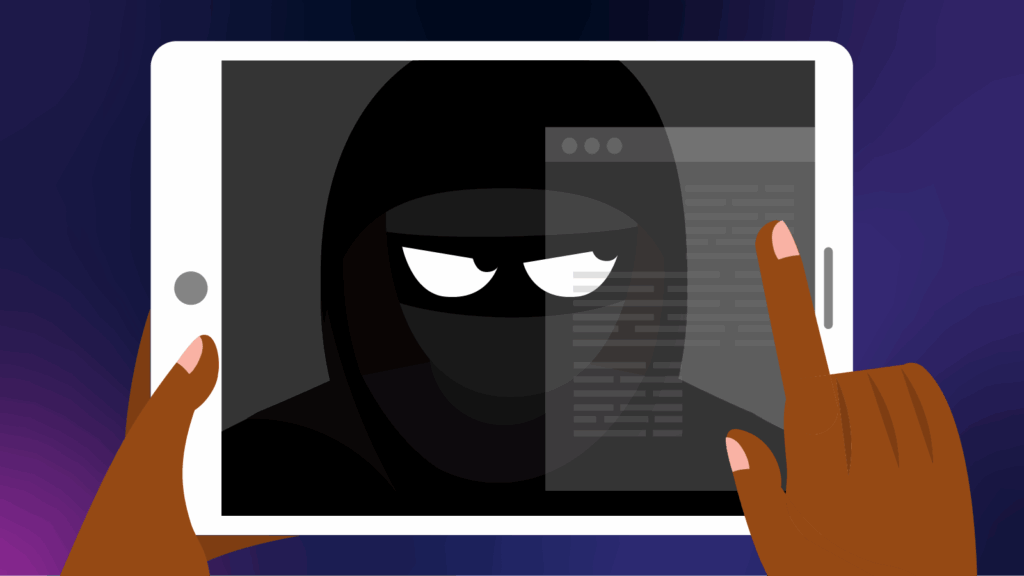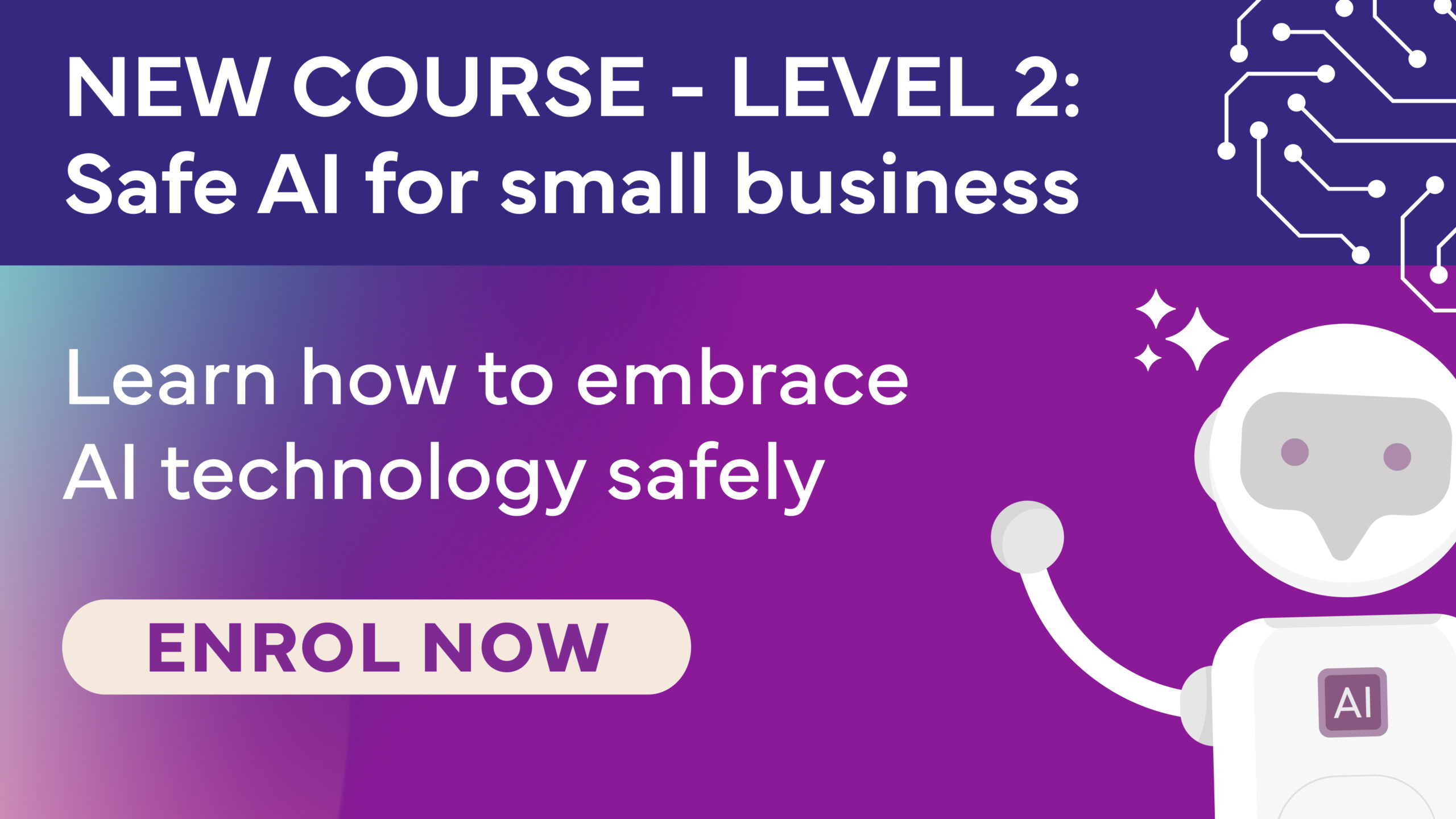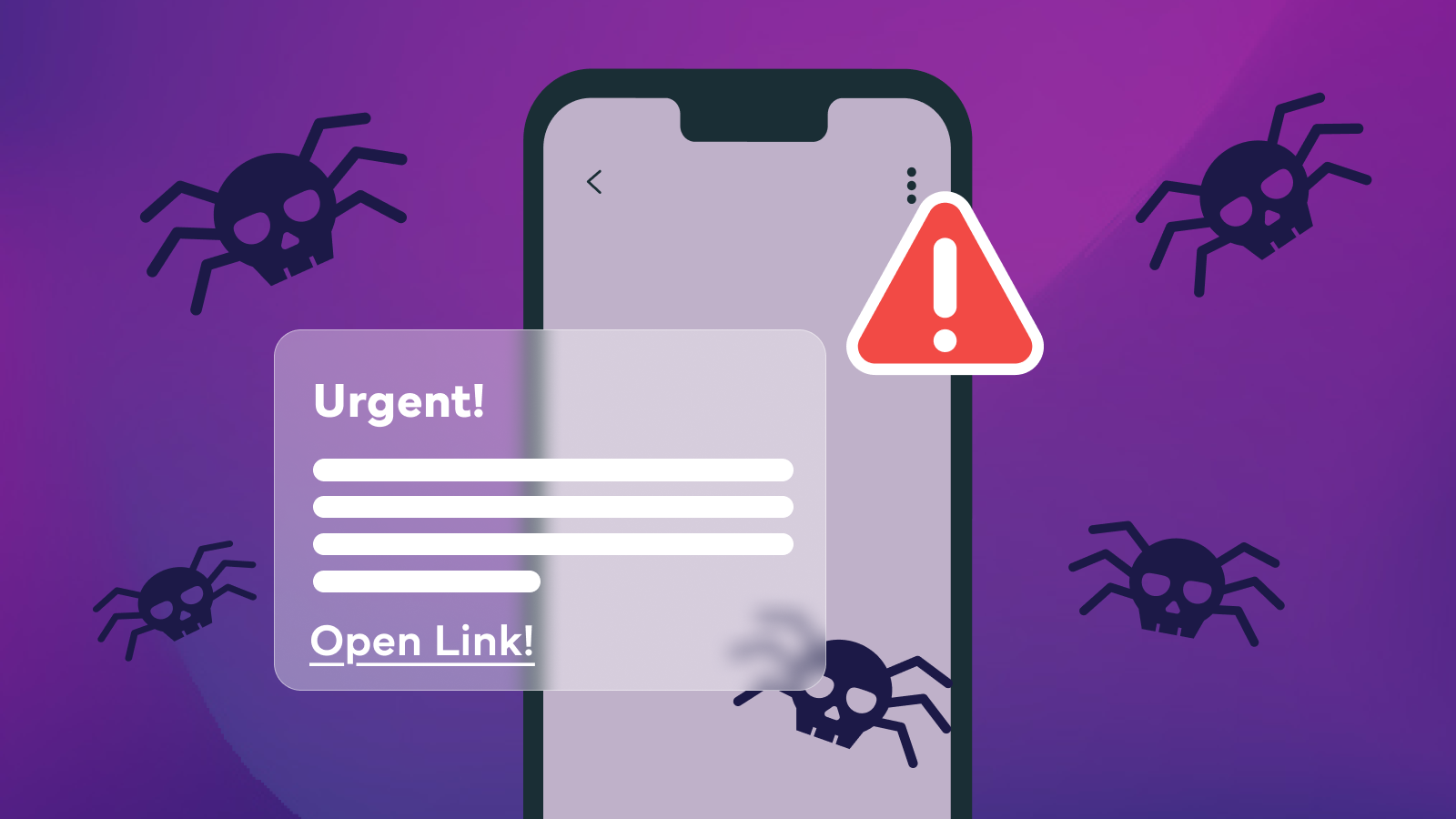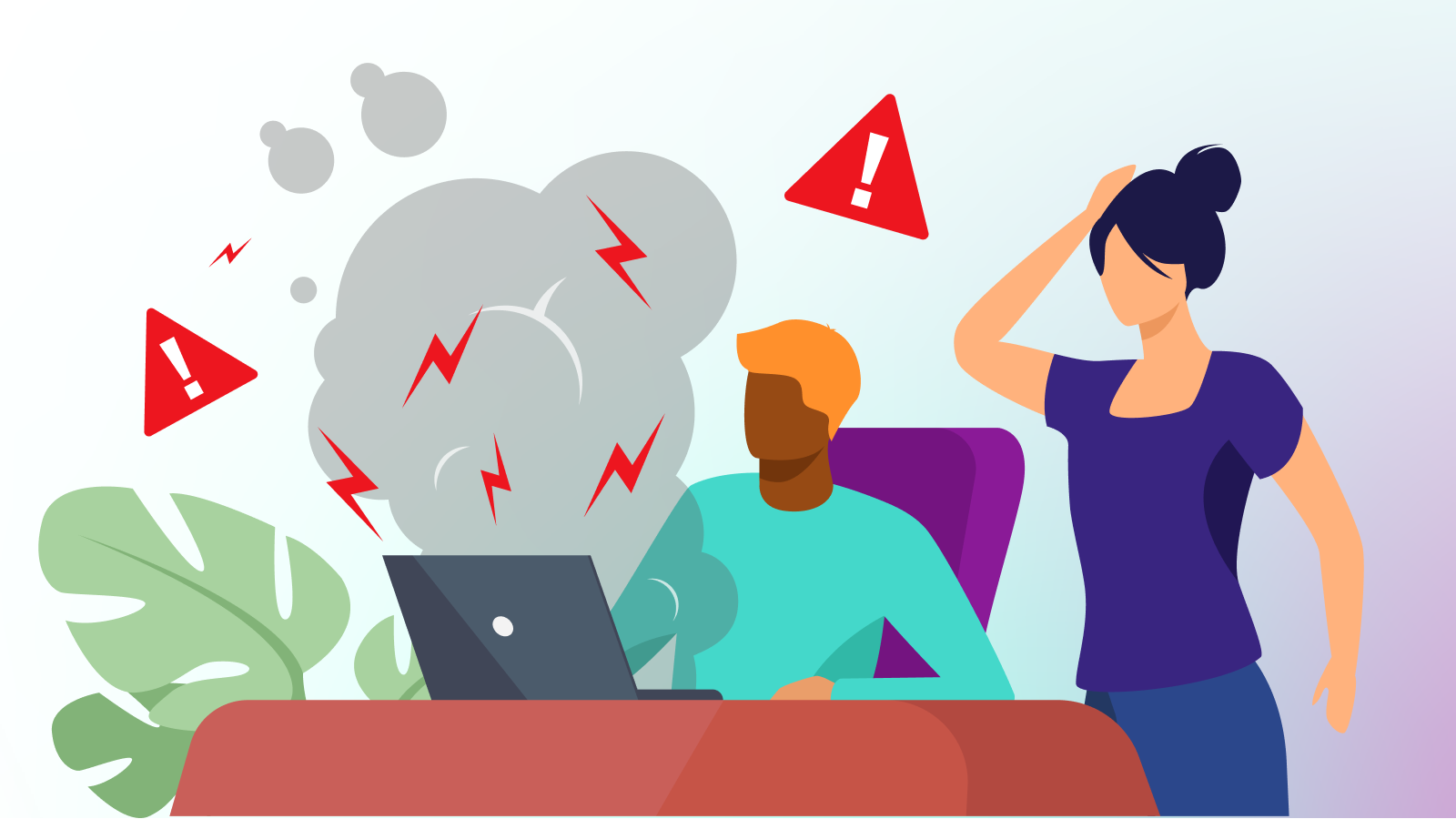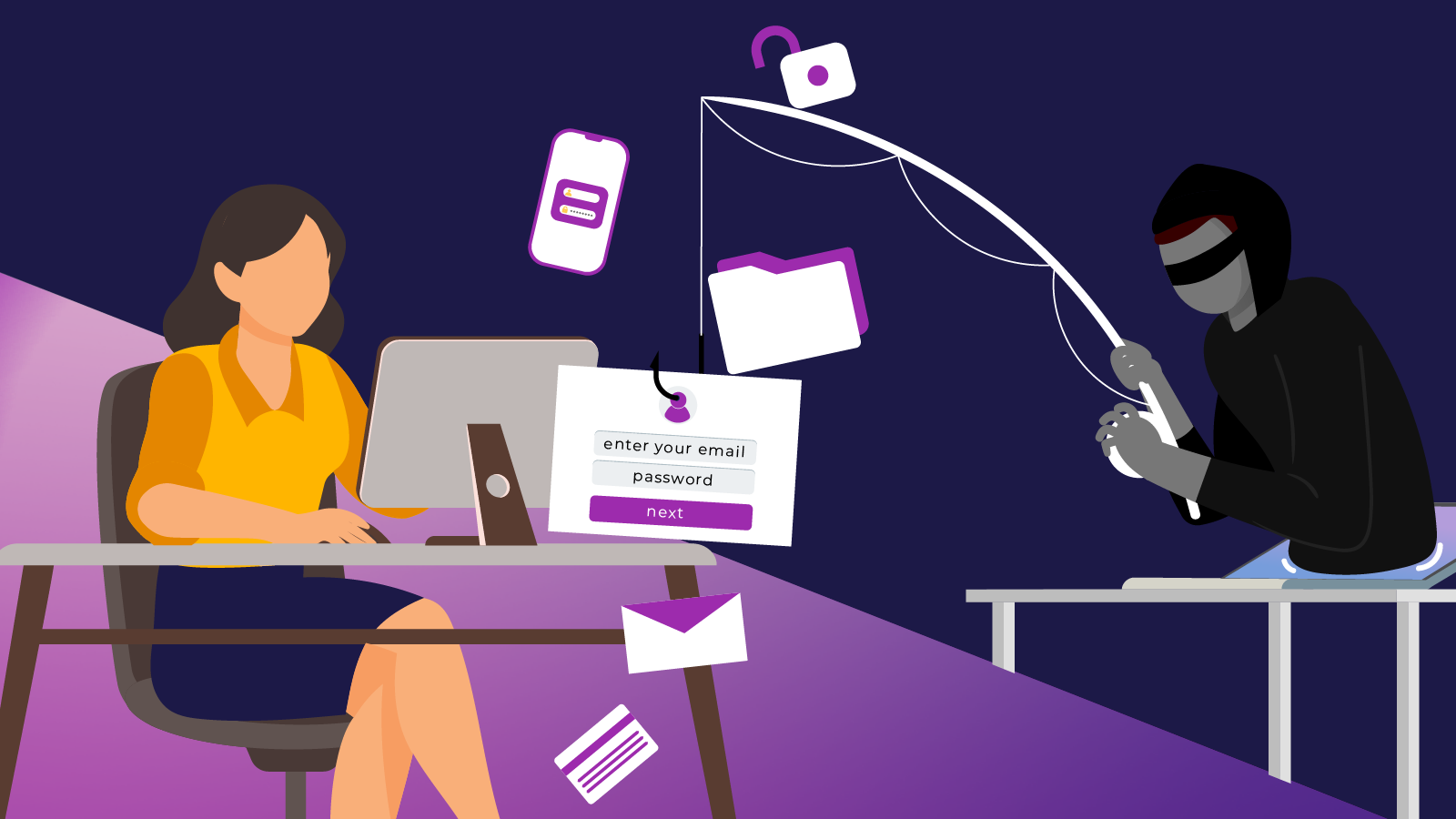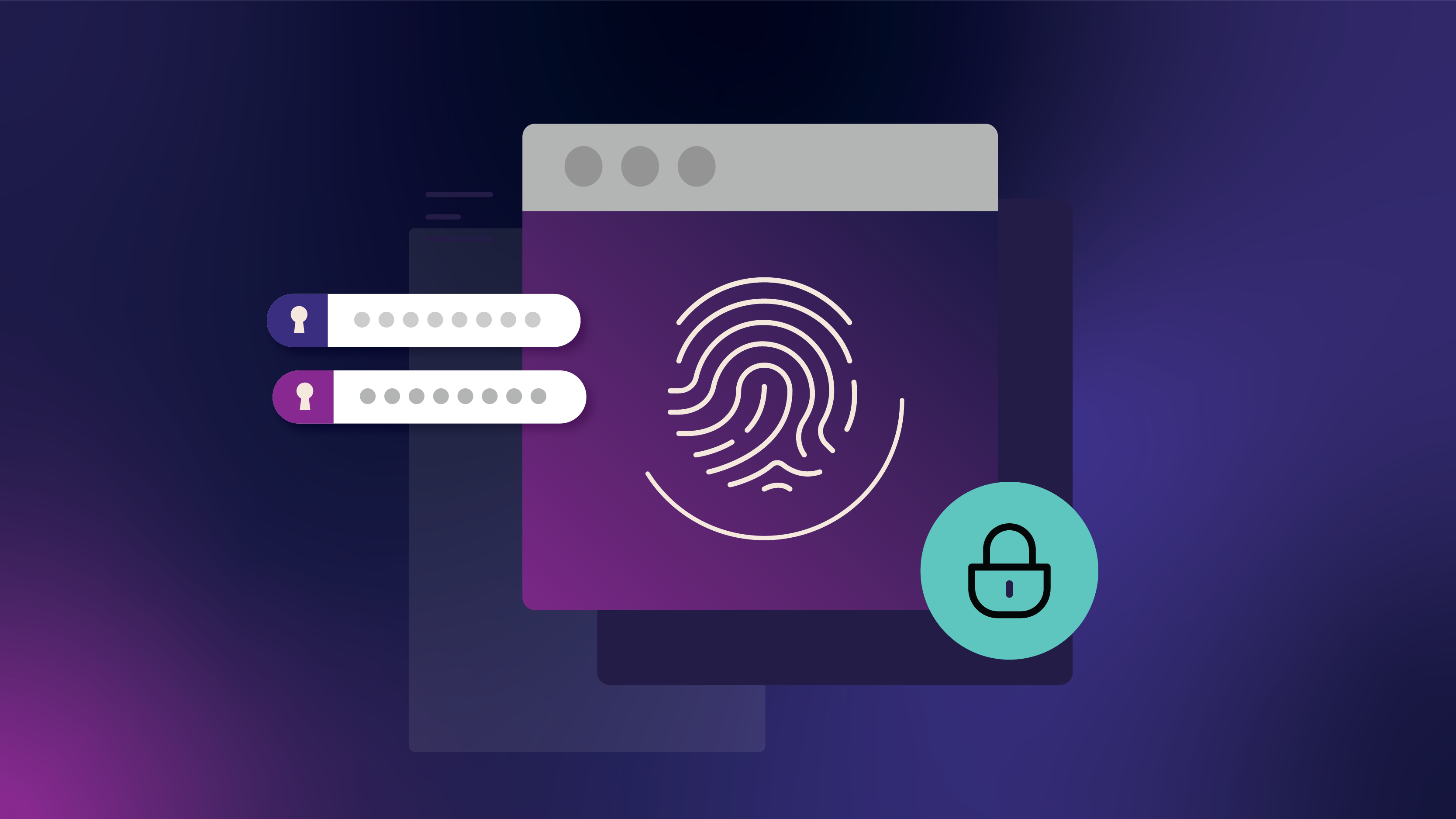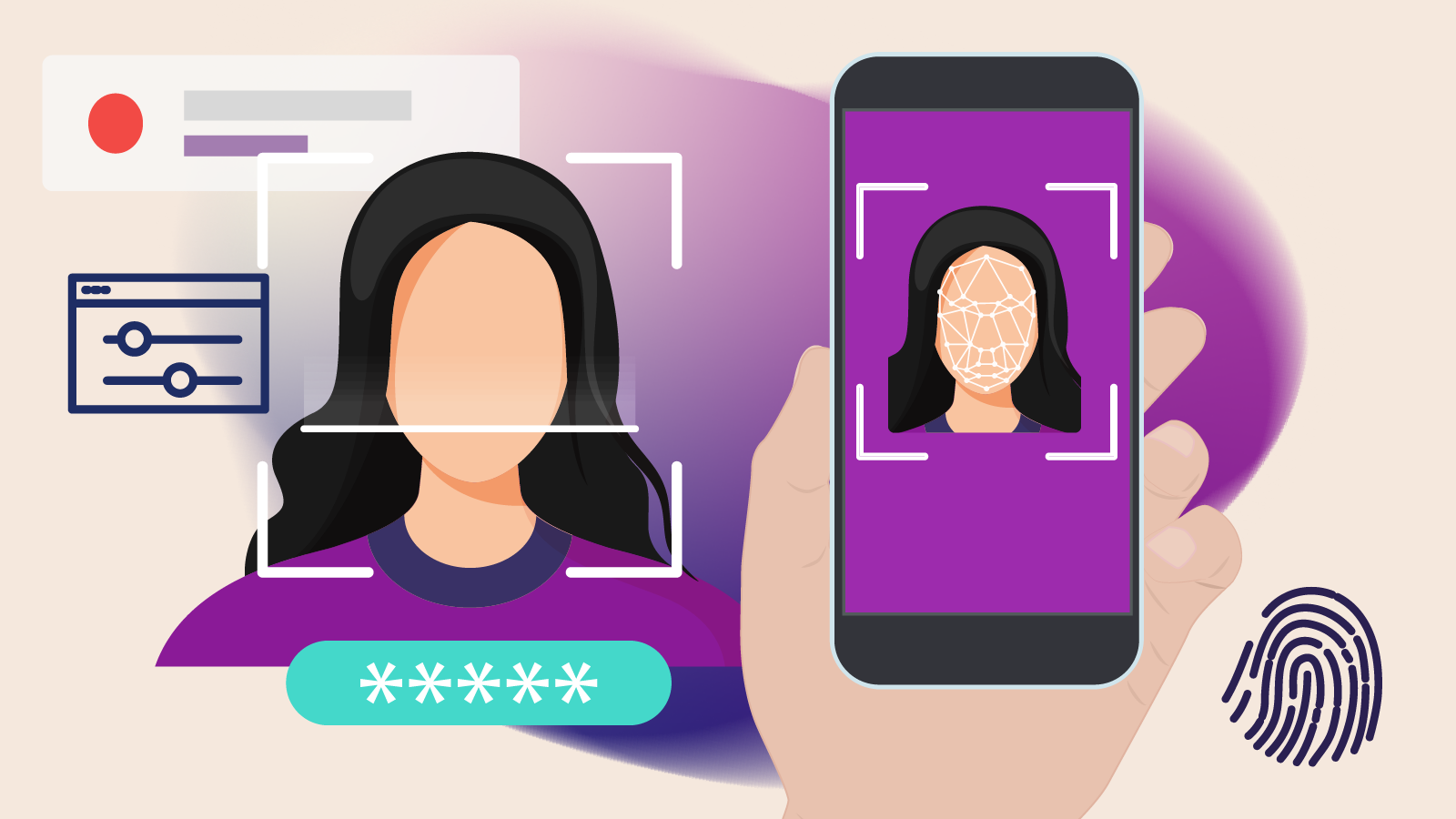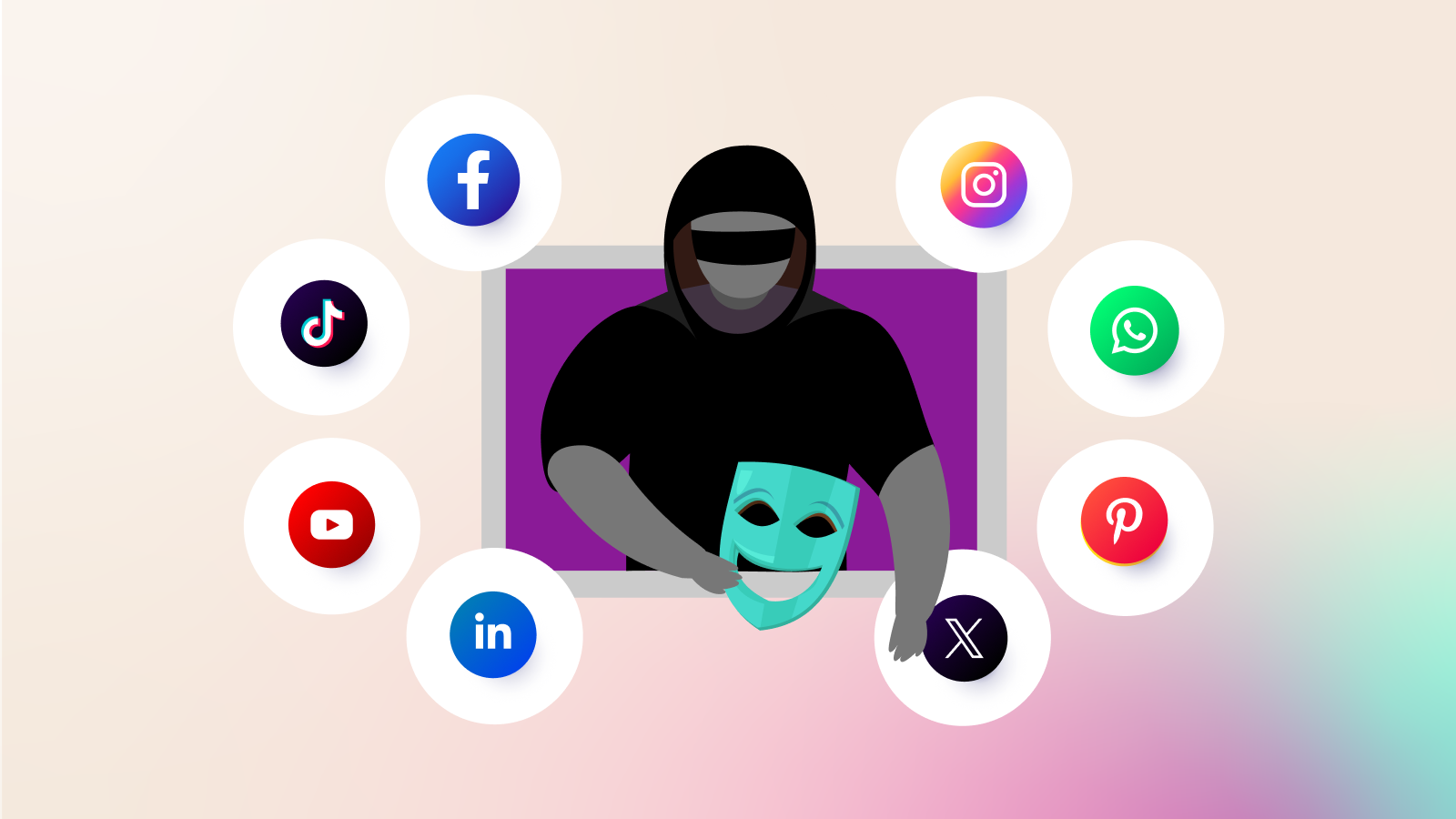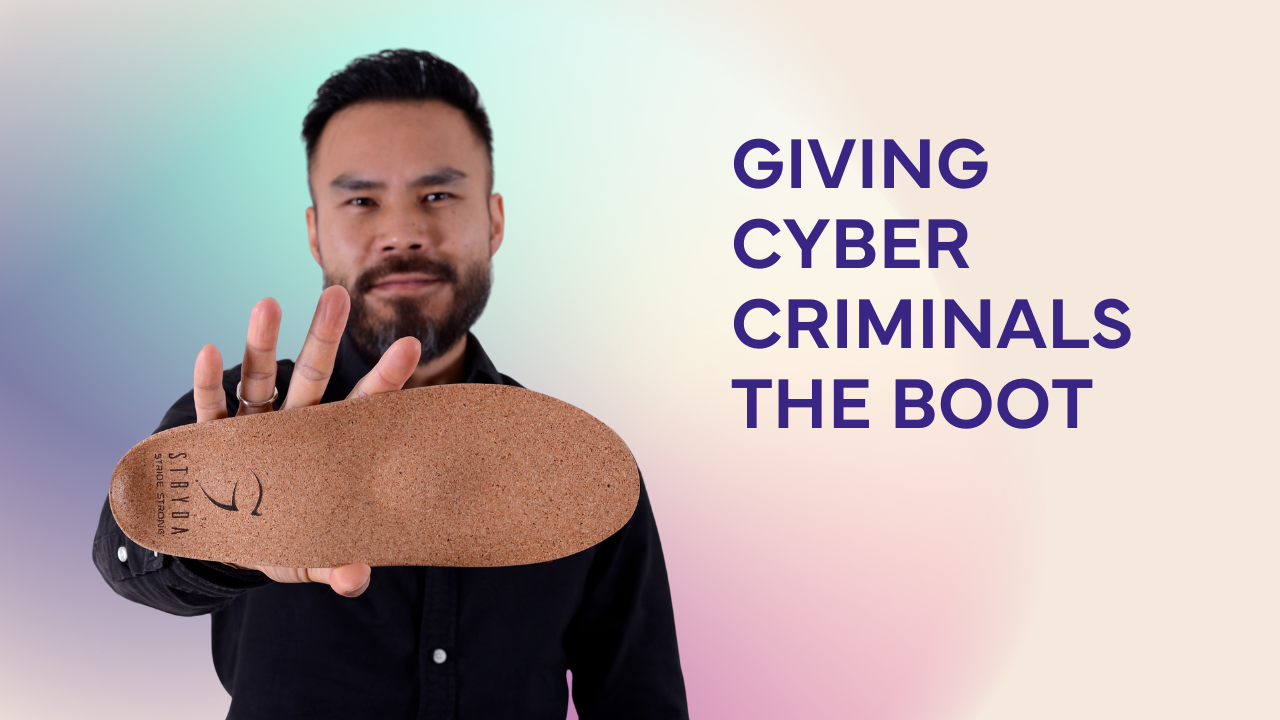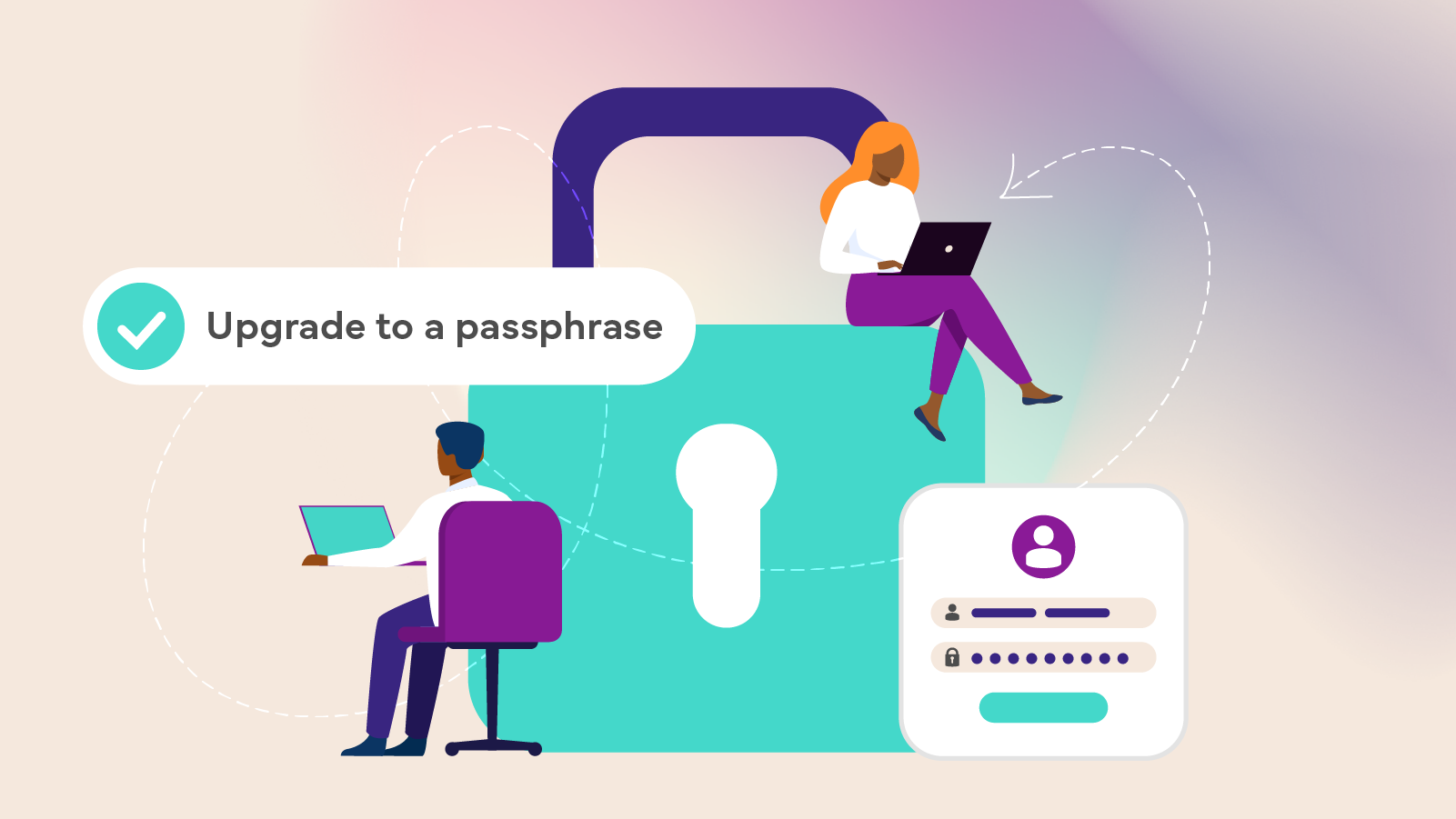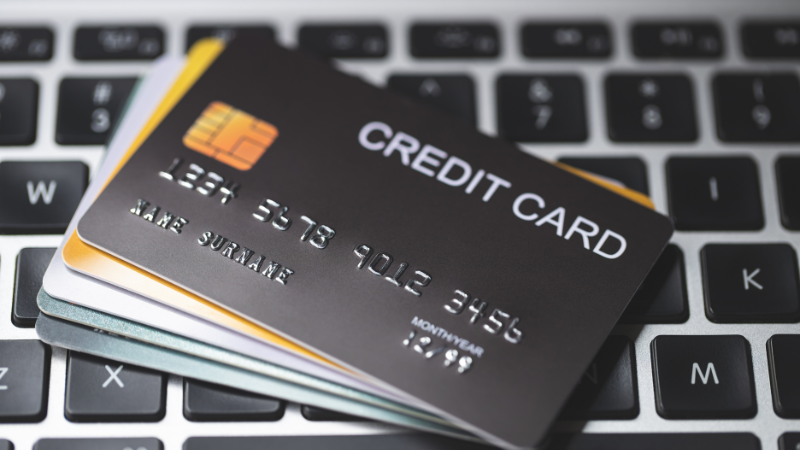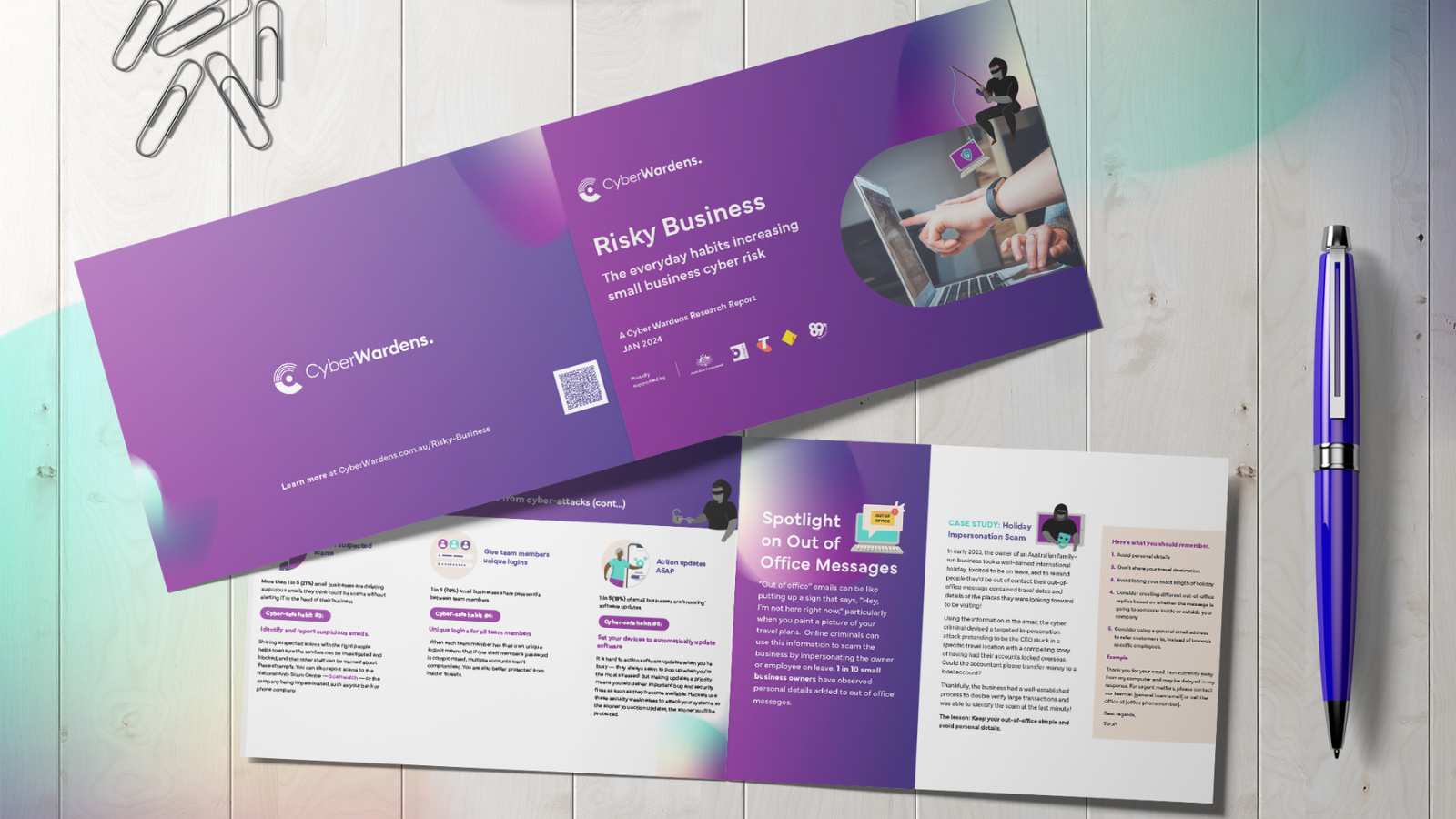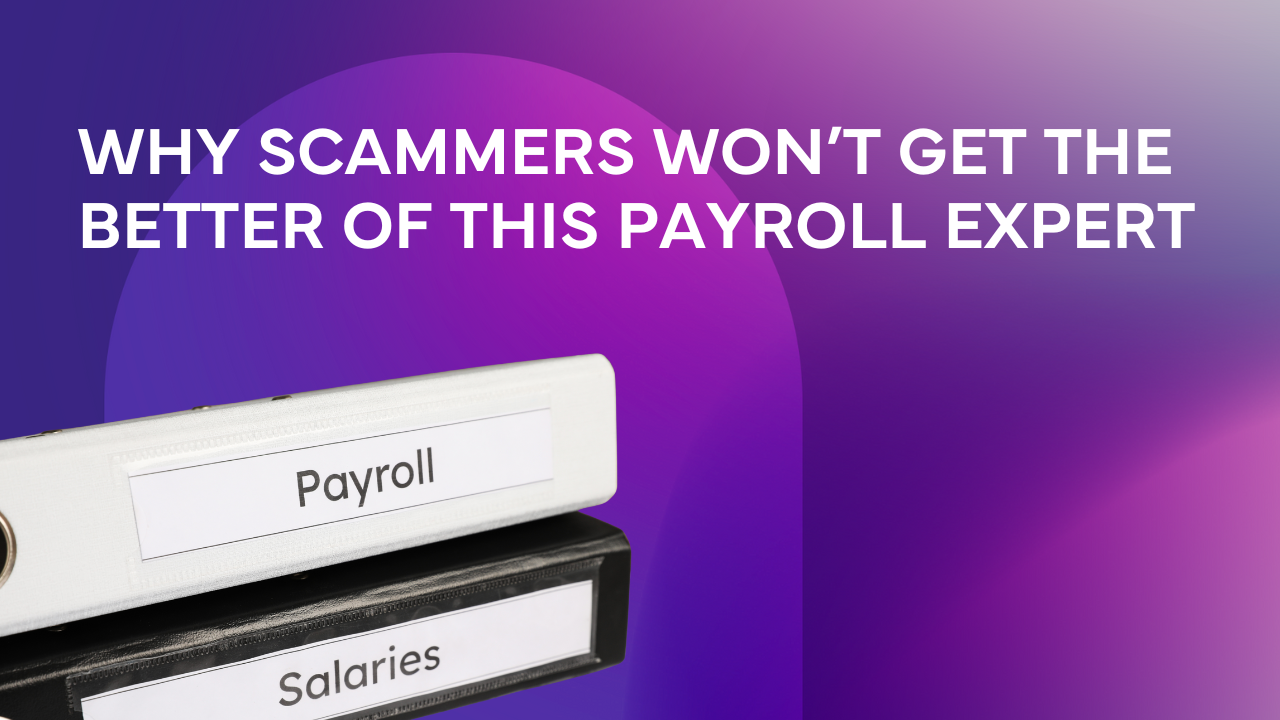Smart devices have quickly become part of everyday life. From voice assistants and smart TVs to fridges that order groceries and doorbells that stream video to your phone. These gadgets make life easier, but they also come with hidden cyber risks that many people overlook.
Key Takeaway:
- Smart devices aren’t going away, but with a few simple steps, you can enjoy their convenience without putting your personal or business data at risk.
Collectively known as the Internet of Things (IoT), these devices are connected to the internet and often to each other. While convenient, they can also create entry points for cyber criminals. Once one device is compromised, it can potentially give hackers access to your entire home network, including your work devices, personal files, and sensitive information.
What makes smart devices risky?
Many smart devices:
- Come with default usernames and passwords that are easy to guess, and rarely changed by users.
- Don’t always receive regular software updates, leaving them vulnerable to known security flaws.
- Collect and transmit personal data often without you realising how or where it’s stored.
- Are sometimes manufactured by companies with limited focus on cyber security.
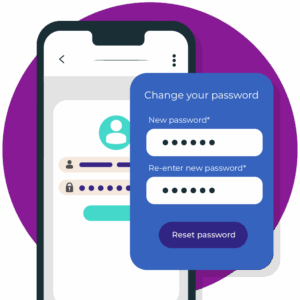
Even something as simple as a smart light bulb or baby monitor can be hacked, used to spy, or turned into part of a larger attack.
How to stay safe with smart devices
1. Change default passwords immediately
When setting up any smart device, the first thing you should do is change the password to something strong and unique. Never reuse passwords across devices.
2. Keep firmware updated
Just like your phone or computer, smart devices need updates to fix security bugs. Enable automatic updates if available, or check regularly for new firmware.
3. Use a separate network
If possible, connect your smart devices to a guest Wi-Fi network, separate from the one you use for work, banking, and personal use. This limits what hackers can access if one device is compromised.
4. Turn off what you don’t need
If your smart device offers remote access or features you don’t use, disable them. The fewer features running, the fewer vulnerabilities.
5. Buy from trusted brands
Stick to reputable manufacturers who offer ongoing support and prioritise security. Cheap devices can come at a high cyber cost.
Smart devices aren’t going away, but with a few simple steps, you can enjoy their convenience without putting your personal or business data at risk.
For extra peace of mind, enrol in the free Cyber Wardens training program. It’s full of simple, actionable tips to help keep your business safe from dark web dangers and other cyber threats.
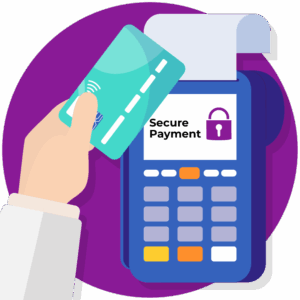
CW Blog - Biege Checklist
There can be multiple signs of a BIN attack. The things you need to look out for are:
- Lots of low-value transactions that might be unusual for your business
- Notifications your customer’s card has been declined multiple times
- Use of international cards (i.e. bank cards from countries outside of Australia)
- A spike in transactions (attempted and processed) in a short period of time
- The same card number being used for many transactions
- Strange transaction times outside of your normal customer behaviour i.e. 3am in the morning, for example, when all of your normal transactions generally take place between 12pm and 11pm.
- An unusually significant increase in transaction fees from your bank
CW Blog - Highlight container
Lorem ipsum dolor sit amet, consectetur adipiscing elit. Ut elit tellus, luctus nec ullamcorper mattis, pulvinar dapibus leo.
